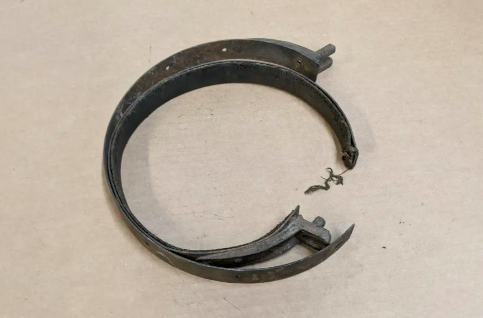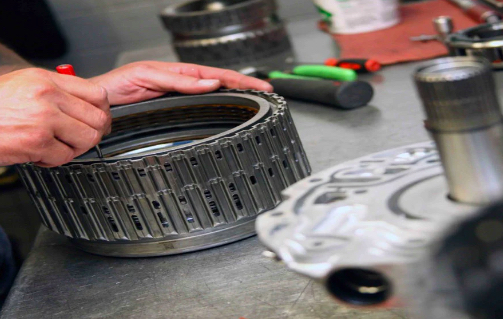Transmission bands are an integral part of any vehicle’s transmission system. When they break, trying and fixing them can be a daunting task. Fortunately, experienced mechanics can help you fix your broken transmission bands in five easy steps. With the right tools and knowledge, you’ll be able to get your vehicle back on the road quickly and safely.
5 Steps to Fix a Broken Transmission Band

Repairing a broken transmission band can be a difficult process. But with the right knowledge and tools, fixing a broken transmission band can be achieved in five easy steps. From identifying the cause to reinstalling the transmission band, our guide will help you get your vehicle back on the road without any hassle. This comprehensive guide will teach you how to inspect and repair a broken transmission band.
| Step | Description |
|---|---|
| 1 | Inspect the transmission for signs of wear and tear. |
| 2 | Identify the cause of the broken transmission band. |
| 3 | Disconnect the transmission band from the vehicle. |
| 4 | Replace the broken transmission band with a new one. |
| 5 | Reinstall the transmission band and reconnect it to the vehicle. |
Step 1: Inspect the Bands
The first step in fixing a broken transmission band is to inspect the bands for signs of wear and tear. If the bands are damaged or worn out, they must be replaced. This is an important step in the process, as it will help identify any potential issues that may need to be addressed. Inspecting the bands is a crucial part of the diagnostic process for a broken transmission band.
Step 2: Clean the Bands
Once the bands have been inspected, they need to be cleaned. This helps remove any dirt, debris, or corrosion that may have built up on the bands. This is an important step in the process, as it will help ensure the bars are in good working order. Cleaning the bands is essential for restoring their optimal performance.
Step 3: Adjust the Bands
The next step in fixing a broken transmission band is to adjust the bands. This involves adjusting the tension on the bands to the manufacturer’s recommended settings. This is important for ensuring the bands are operating at their optimum performance. Adjusting the tension on the bars is an important step for ensuring their optimal performance.
Step 4: Test the Bands
Once the bands have been adjusted, they need to be tested. This helps ensure that the bands function correctly and that the adjustment succeeded. This is an important step in the process, as it will help ensure the bands are working properly. Testing the bands is essential for confirming they are functioning properly.
Step 5: Replace the Bands
The final step in fixing a broken transmission band is to replace the bars. This is necessary if the bands are broken or worn beyond repair. This is an important step in the process, as it will help ensure the transmission system functions correctly. Replacing the bands is essential for restoring the transmission system to full working order.
Key Takeaways for Fixing a Broken Transmission Band
- Inspect the transmission for signs of wear and tear.
- Identify the cause of the broken transmission band.
- Disconnect the transmission band from the vehicle.
- Replace the broken transmission band with a new one.
- Reinstall the transmission band and reconnect it to the vehicle.
- Clean the bands to remove any dirt, debris, or corrosion.
- Adjust the bands to the manufacturer’s recommended settings.
- Test the bands to ensure they are functioning correctly.
- Replace the bands if they are broken or worn beyond repair.
Wrapping Up: Fixing a Broken Transmission Band
Fixing a broken transmission band is a complex and time-consuming process. It requires careful inspection, cleaning, and adjustment of the bars and the potential replacement of broken or worn-out bands. However, the right knowledge and tools can quickly identify and resolve broken transmission bands. Taking the necessary steps to fix a broken transmission band is essential for restoring the vehicle’s transmission system to its optimal performance.

